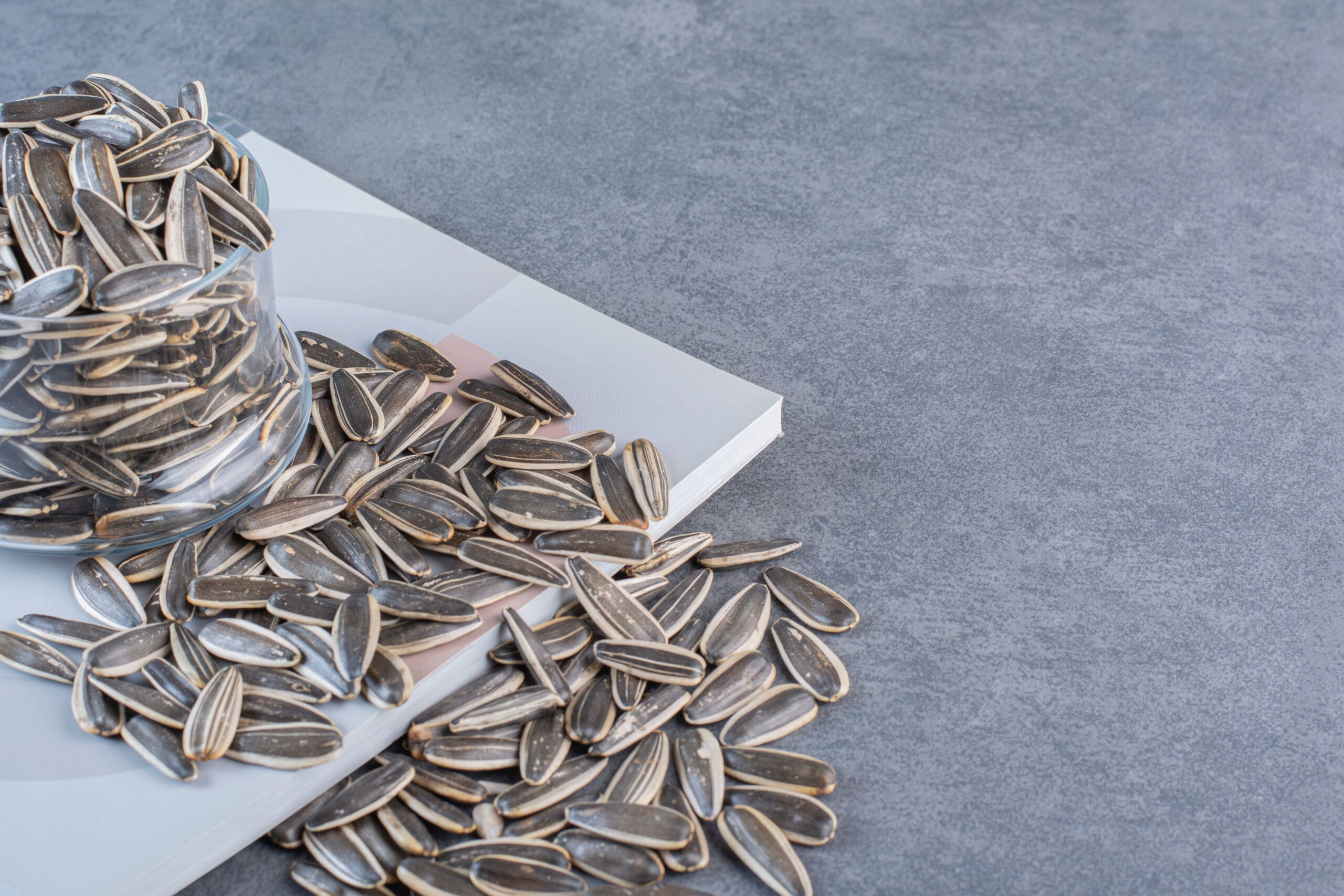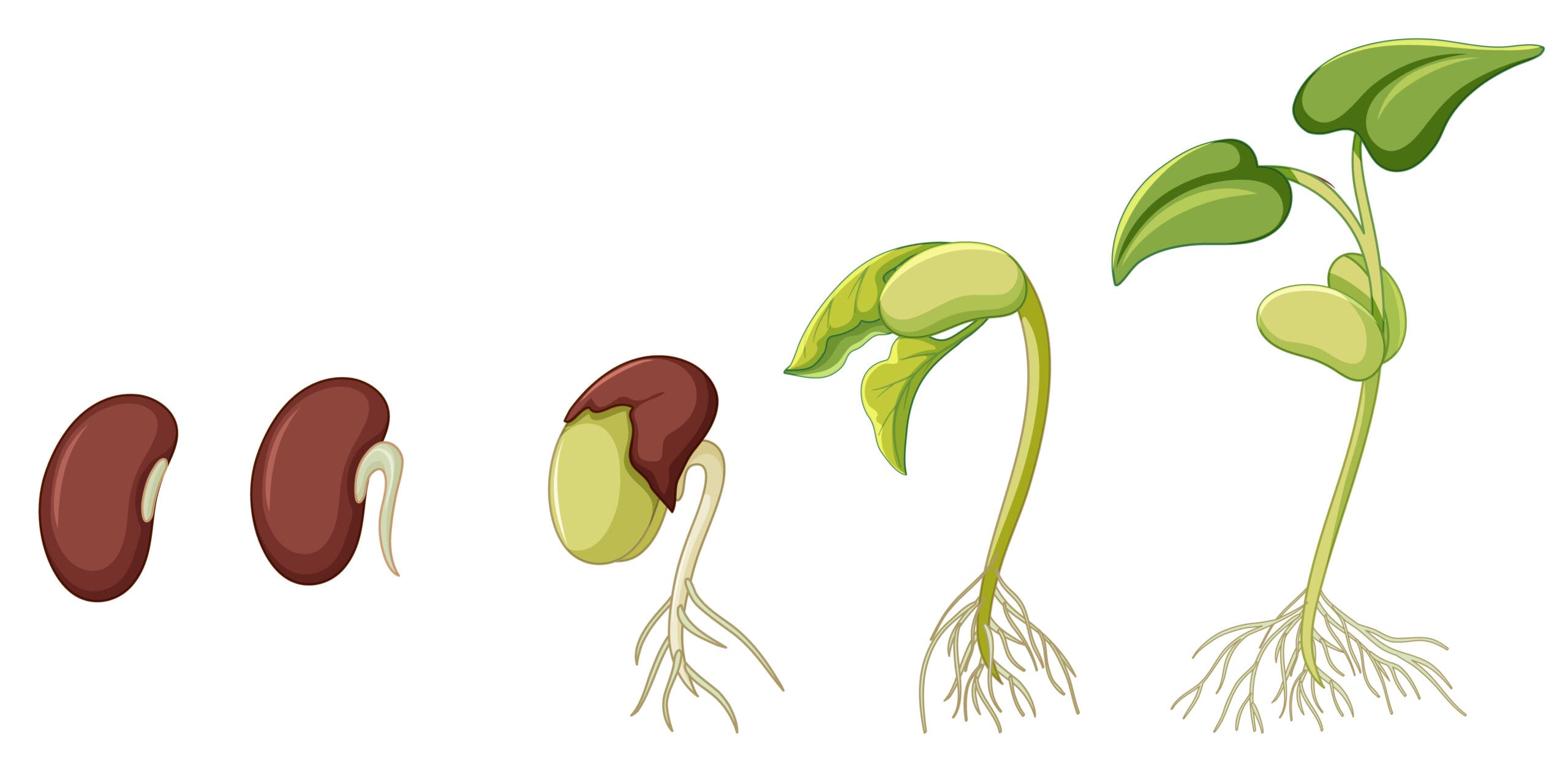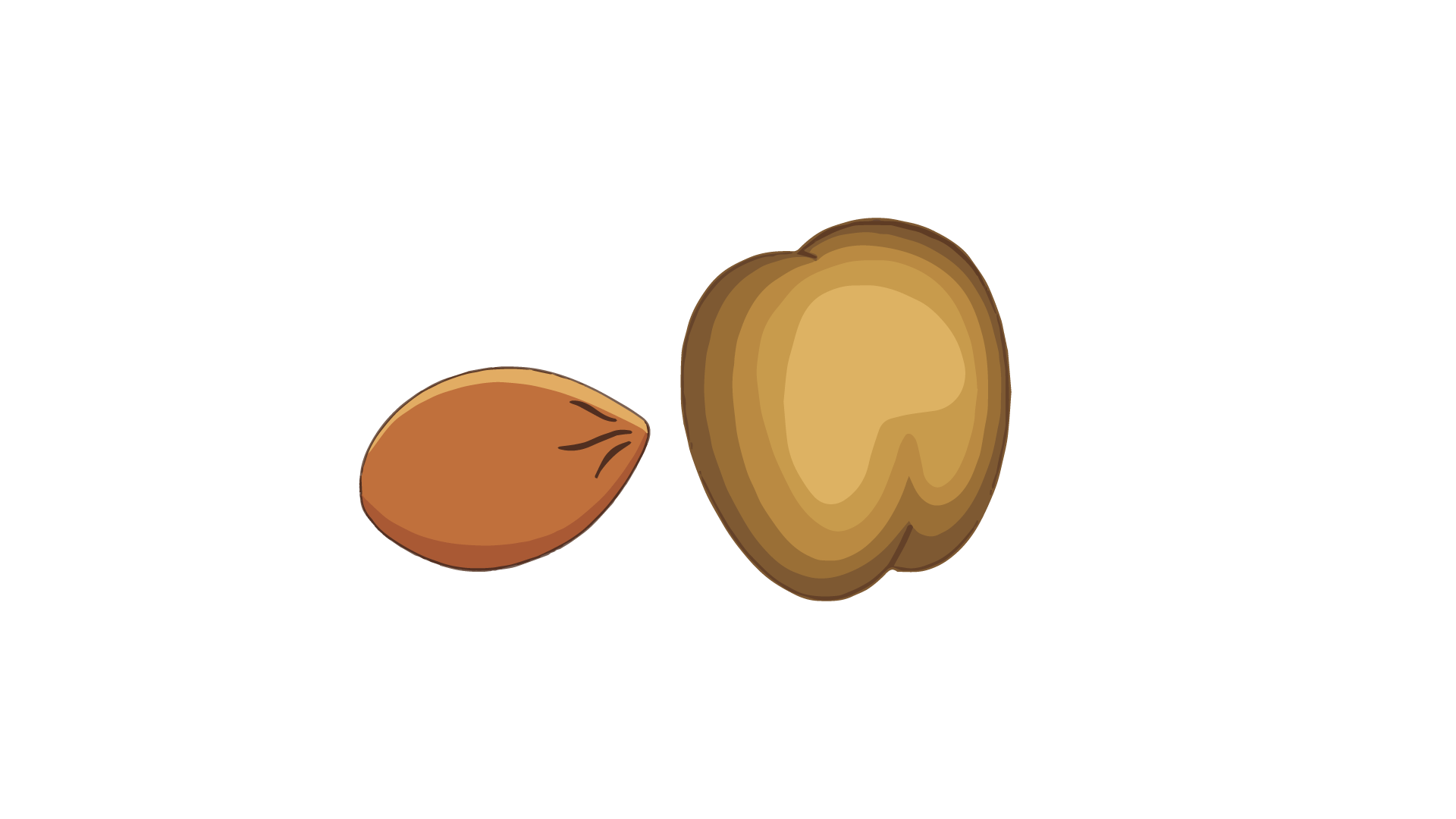
Seeds Facts for Kids – 5 Stunning Facts about Seeds
Table of Contents
Have you ever tried to plant any seed before? Come and check our five stunning seeds facts for kids.
Seeds Facts for Kids Fact Number 1: Seeds Are Baby Plants
A seed contains a miniature plant inside, known as an embryo. This seed develops over time into a fully grown plant. Essentially seeds are baby plants. Seeds are actually dormant, meaning they are asleep.
A seed does not “wake up” until it is germinated. Seeds have a protective layer, called a seed coat, which allows them to survive all weather conditions.

Seeds Facts for Kids Fact Number 2: Seeds Need Certain Conditions to Survive
All seeds need moisture, oxygen and the right temperature in order to germinate. When a seed begins germinating this means it is growing. The seed will remain dormant until it has the right conditions. Seeds need soil to anchor themselves. Once the seeds have the right conditions, the plant inside the seed starts to grow and get bigger.
Once the plant inside grows big enough it pushes open the seed coat . This plant emerges from the seed similar to how a chick hatches from an egg. Eventually the plant pushes out of the soil.

Seeds Facts for Kids Fact Number 3: We Eat Some Seeds
Many seeds are nutritious and delicious. Some seeds you may eat on their own and others you may add to certain foods. Many people add poppy seeds, sunflower seeds, chia seeds and pumpkin seeds to their breakfast or yoghurt. Did you know that the cereals are actually the seeds from different grasses.
Seeds Facts for Kids Fact Number 4: Seeds Can Spread to Different Places in Different Ways
Have you ever wondered how plants can end up in different places without being planted? Seeds travel to different areas in many different ways. The wind can blow very fine seeds to other layers, if they land in a place with the conditions they need then they will germinate.
Some seeds have wings that allow them to fly far distances such as dandelions. Many animals can also bury seeds or carry seeds to other places.
Seeds Facts for Kids Fact Number 5: The Double Coconut Is The Largest Seed in The World
The largest seed in the world is the double coconut. This rare large seed can be found in the Seychelles Islands. The double coconut is also known as the coco-de-mer, which translates to sea coconut. This plant produces the largest and heaviest seeds in the world.
It can measure up to 50 cm in width and weigh up to 25kg! Many of these seeds can fall into the sea and sink to the ground, however after some time their husk breaks down and the seeds float to the surface of the sea. They continue to float until they reach land; some double coconuts have floated 2,000km over the sea.
We hope you enjoyed learning more things about seeds as much as we loved teaching you about them. Now that you know how majestic the universe is, you can move on to learn about other living organisms and STEM articles like: Viruses, Cells, Trees, Marshes, Aquatic Plants, Insects, Animals, Palm Trees, Science Branches, Medicine, Patient Animals, Endangered Animals, Polar Animals, Koalas, Land Animals, Sharks, Raccoons, Moon and Sun Bears, Rats, Chickens, Cats, Pandas, Monkeys, endangered animals, waterfowl, Whales, Farm Pets, PH Scale, Chemical Reactions, Atoms, Acids and Bases, Electromagnetic Waves and States of Matter.
You can also move on to learn more about environment matters like: Trees, Soil Erosion, Food Waste, Energy, Wind Energy, Environmental Sustainability, Deforestation, Floods, Hydro Power, Electricity, Water, Electromagnetic Waves, Recycling, Recycling Crafts, Recycling Paper, Plastic recycling, Rainbows, Farming, Seas and Lakes, Miraculous Atmosphere, Earth and Water Cycle.
Why not subscribe to our LearningMole Library for as little as £1.99 per month to access over 2800 fun educational videos.



Leave a Reply